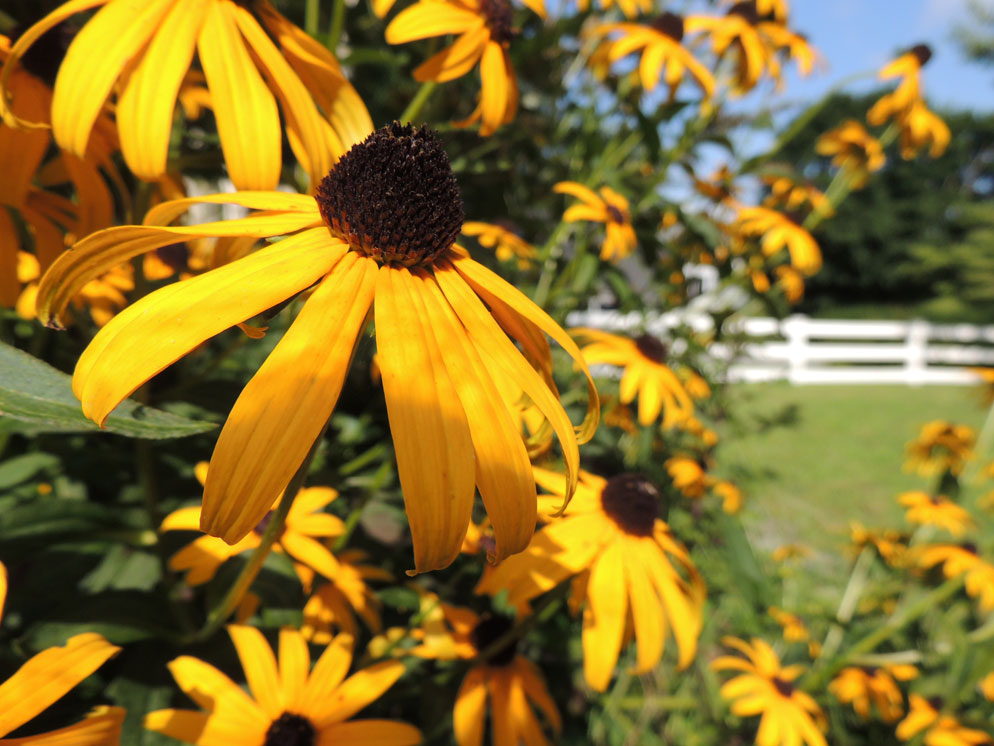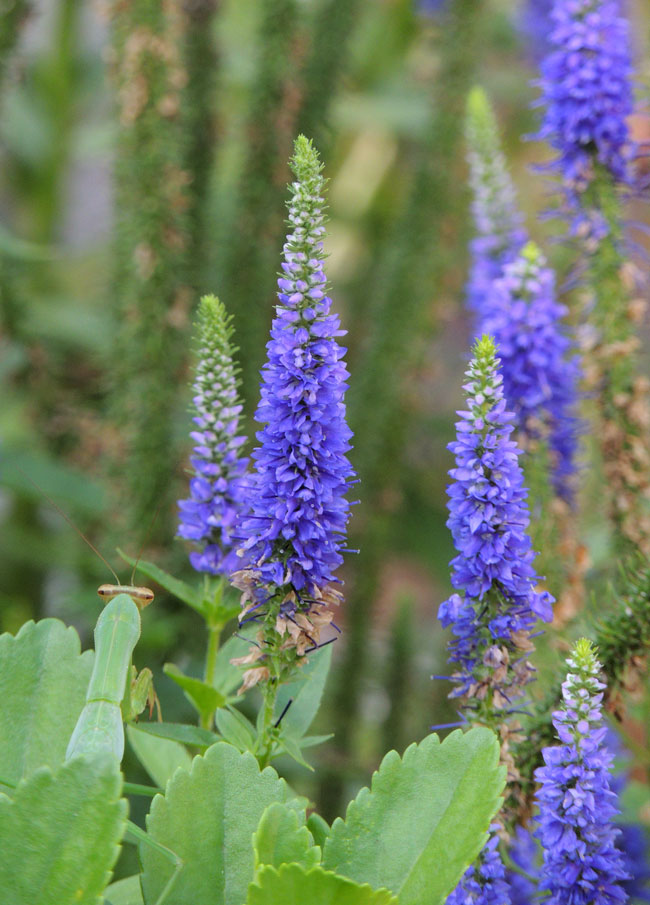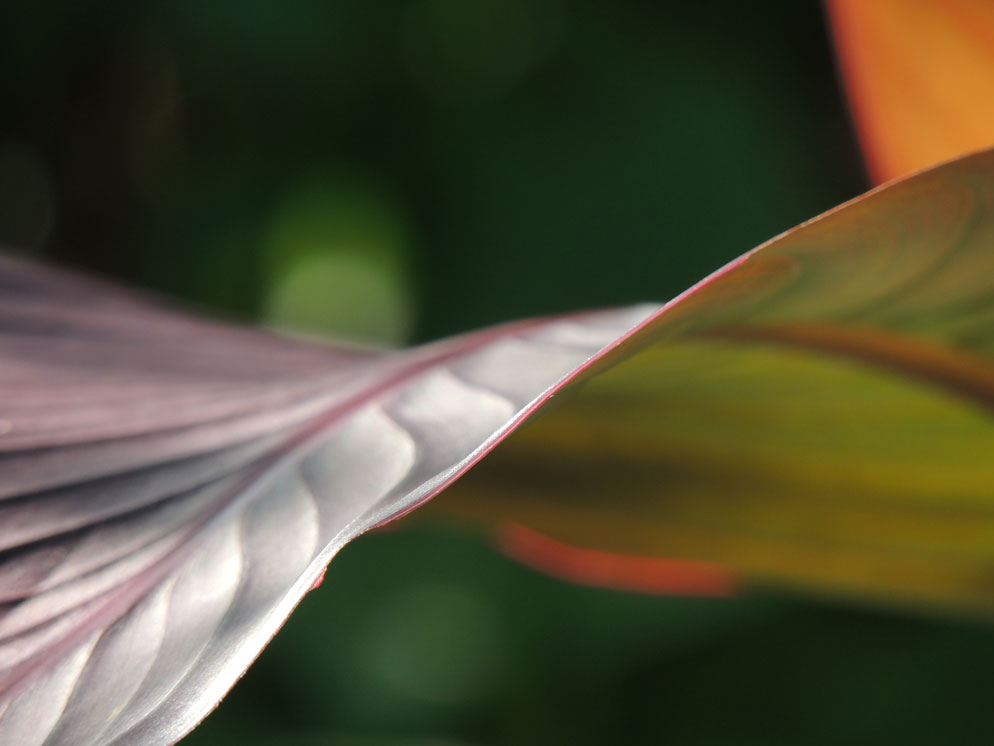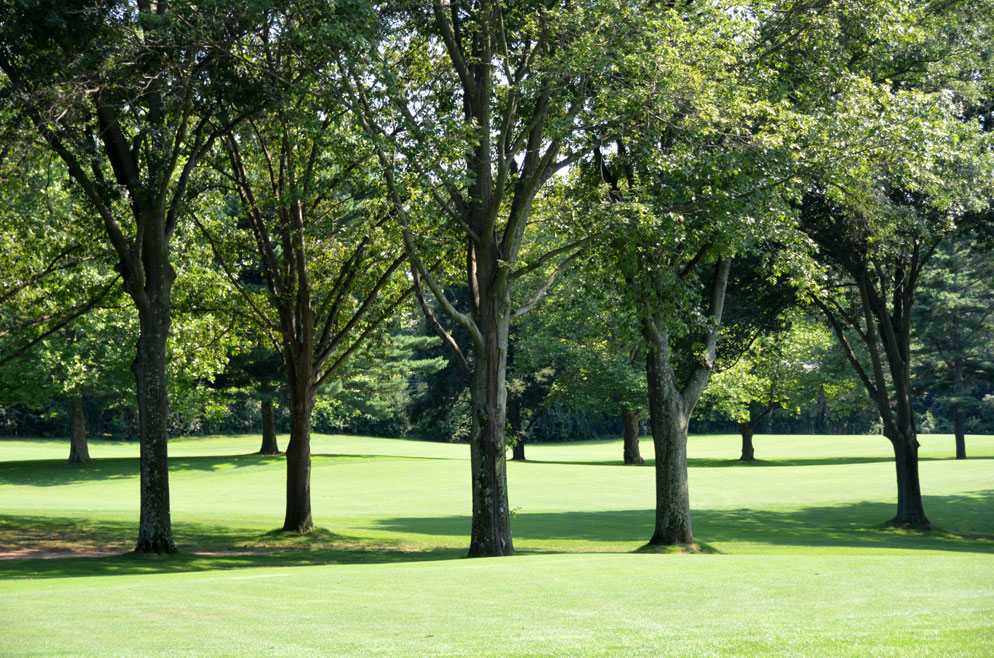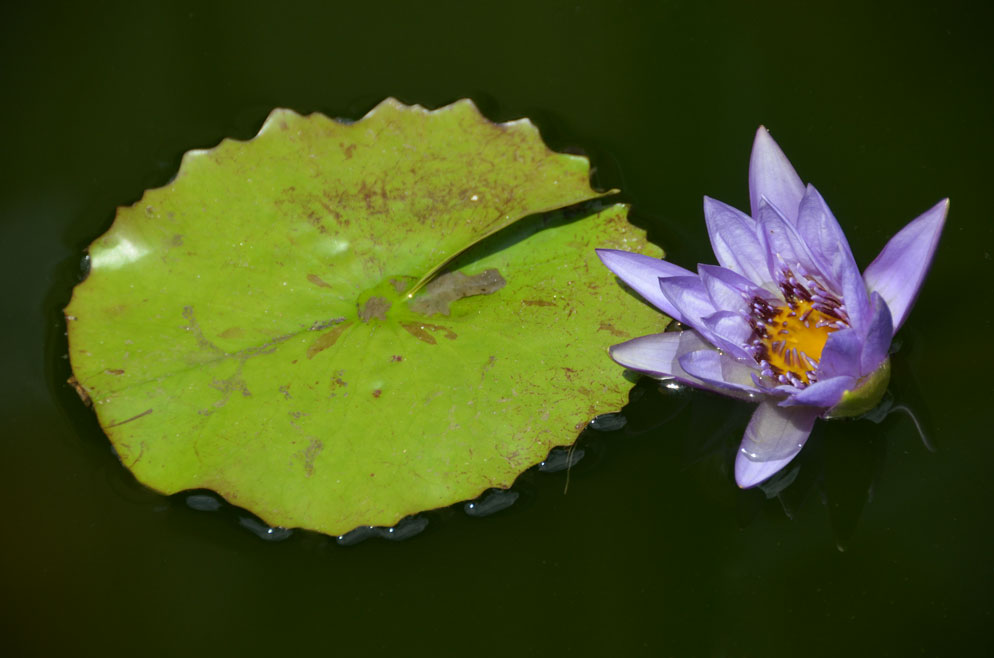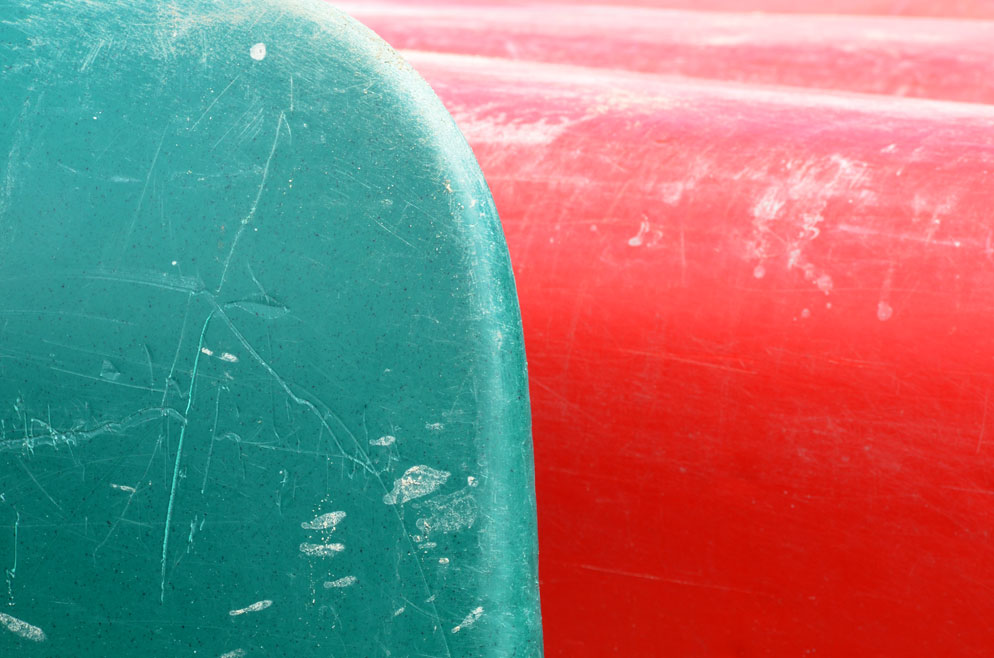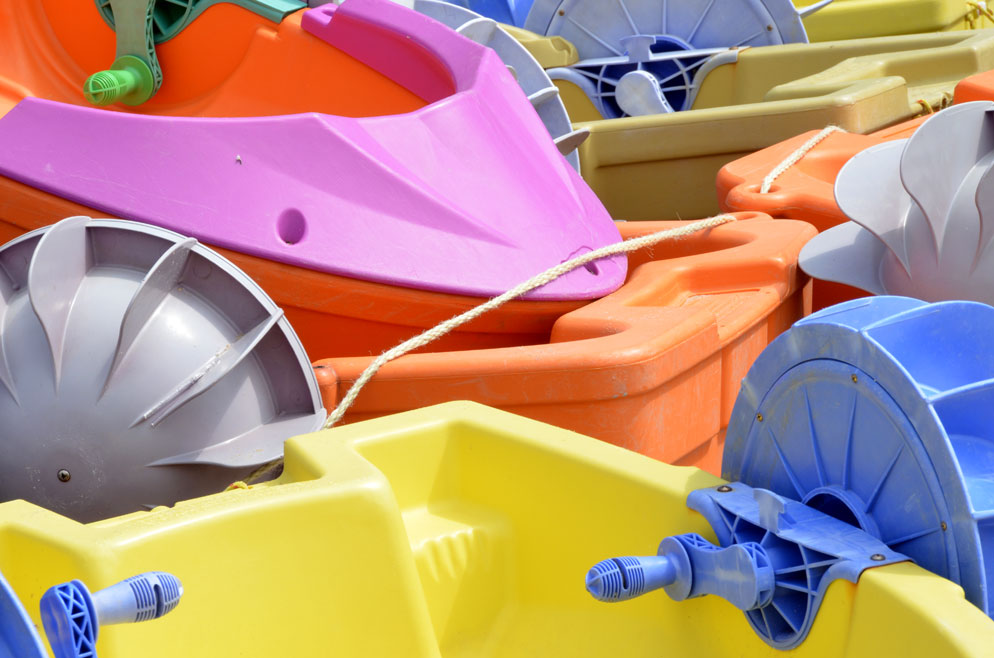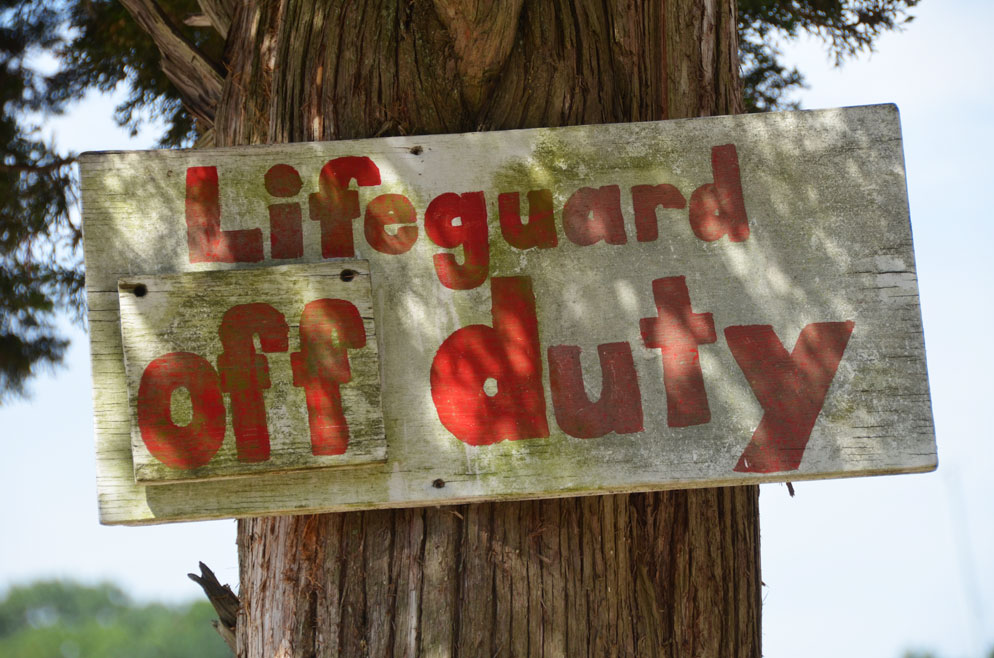Understanding Auto ISO
Changing ISO on the fly
A photographic exposure is dependent upon three variables: aperture, shutter speed and ISO. For photographers shooting film, the aperture and shutter speed might have changed from frame to frame, but ISO was always a constant—at least until you finished the rest of the roll of film (and at 24 or 36 exposures that was usually a ways away).
Skip ahead to digital—and now, not only can you change the shutter speed and aperture with each image, but you can also change the ISO—on the fly—for each image you shoot. This is a great convenience when you’re shooting under constantly changing lighting conditions, such as when you’re going from indoors to outside, or if the sky is partially cloudy or if you’re shooting in the shadows and then going into bright sunlight.
Nikon makes it even more convenient for you to shoot in changing light with Auto ISO. Auto ISO allows you to set a maximum ISO that you’re comfortable shooting at—in effect setting a “ceiling” for ISO, so if the light is constantly changing while you’re shooting, the camera can automatically adjust ISO as necessary without going over the “ceiling” you set. Likewise, if the light gets brighter, the ISO is automatically lowered.
By automating the increase/decrease in ISO, you can focus more on your subject and worry less about the exposure.
Let's say, for example, that you’re shooting a party and its being held both indoors and outside. You may find yourself constantly going from low light to bright sunshine and shady areas outdoors. Rather than having to manually set the ISO along with shutter speed and aperture every time you walk into a different lighting scenario, you can set the Auto ISO. The Auto ISO feature will automatically adjust the ISO setting to obtain the correct exposure for each new lighting condition. As the lighting diminishes, the camera will continue to increase the ISO until it reaches the “Ceiling” or maximum ISO that you’ve chosen as the highest ISO you’re willing to shoot at.
Within the Auto ISO settings, you can also set the minimum shutter speed where this “jump” to a higher ISO will occur. If you are don't mind handholding the camera to 1/60 sec. shutter speed, set that as the minimum shutter speed. Want to minimize the possibility of camera shake—then set the minimum shutter speed to 1/250 sec. The Auto ISO feature tells the camera to change the exposure based on the changing light. As the light in the scene dims, the shutter speed will drop to let in more light, to ensure a correct exposure. When it hits the "minimum" shutter speed that was set, the ISO increases to keep the exposure correct.
Although most Nikon digital cameras with Auto ISO allow you to use the feature in all shooting modes—Program, Aperture Priority, Shutter Priority, Manual, Scene modes—the effects may be more noticeable when you’re in Manual or Shutter Priority modes.
Aperture + Shutter Speed + ISO = Exposure $
The three variables that make up a photographic exposure are shutter speed (how much time it takes to make the exposure), aperture (how big the hole is that lets light through the lens, and into the camera) and ISO (how sensitive the digital image sensor or film is to light).
You might want to change these variables depending upon a photographic effect you’re after, or because of the lack of light in the scene.
A slower shutter speed lets you blur moving subjects. For example, in an image of moving water, taken with a slow shutter speed, the moving water blurs, taking on a soft white, dreamy look. A fast shutter speed, on the other hand will let you freeze action, such as a bird in flight.
A wide aperture means you’ll have a shallow depth-of-field, where the subject is in focus and the background has a pleasing blurriness. This is what is referred to as bokeh. With a small aperture, the depth-of-field will be much greater, with everything from the foreground to the background in focus.
ISO is the sensitivity of a film or image sensor to light. A low ISO needs a lot more light to make a good exposure, whereas a high ISO is more sensitive to light and needs less light for a good exposure. When you’re shooting in bright daylight, you would use a low ISO. When you’re shooting in low-light, an increase in ISO will make the camera’s sensor more sensitive to the lack of light in the scene, however when you increase the ISO, it sometimes will increase the “noise” or graininess in the photograph. Turning on the High ISO Noise Reduction feature will minimize the noise.
Auto ISO and Flash
Auto ISO can also be used when you’re shooting with a flash, whether it's the built-in pop-up on your camera or an accessory Speedlight. When you are using a flash, the minimum shutter speed parameter is ignored—and the flash sync speed is used instead.
However, if your D-SLR/Speedlight combination offers Slow Sync Flash, the camera will then use the minimum shutter speed that was set in the Auto ISO menu, preventing the camera from selecting too slow of a shutter speed. It does this to ensure that the correct exposure is chosen.
How to set the Auto ISO $
The Auto ISO setting can be found in the shooting options menu of newer Nikon digital cameras.
Manual Mode
In Manual mode, the aperture and shutter speed values are fixed by the user. ISO Auto will change the ISO when the light levels change.
*When using the ISO Auto function in manual exposure mode the electronic analog exposure display of the camera will continue to indicate correct shutter speed and aperture settings when light levels change within a four-stop range. The ISO Auto system increases or decreases the ISO value to maintain the correct shutter speed and aperture value the user has chosen.
Shutter Priority
In Shutter Priority mode the shutter speed is set by the user and the aperture is determined by the camera system. If light levels change, the aperture will change as determined by the camera system. When the aperture determined to achieve the correct exposure is beyond the aperture range of the lens used, then ISO Auto will increase the sensitivity value.
Aperture Priority
In Aperture Priority, the aperture value is set by the user and the shutter speed value is determined by the camera system. If light levels change and the shutter speed required to achieve the correct exposure is beyond the shutter speed range of the camera, ISO Auto will increase the sensitivity.
*As the shutter speed range of a D-SLR is very large, it is rare that a shutter speed beyond the range of the camera (i.e. 30 sec) will occur under normal lighting conditions.
Program
In Program, Auto or any of the Digital Vari-Program modes the aperture and shutter speed values are determined by the camera system. As light levels change, the camera will alter shutter speed and aperture values to ensure the correct exposure. When the shutter speed required to achieve the correct exposure is beyond the shutter speed range of the camera and the aperture cannot be adjusted any further by the camera system, ISO Auto will increase the sensitivity.

